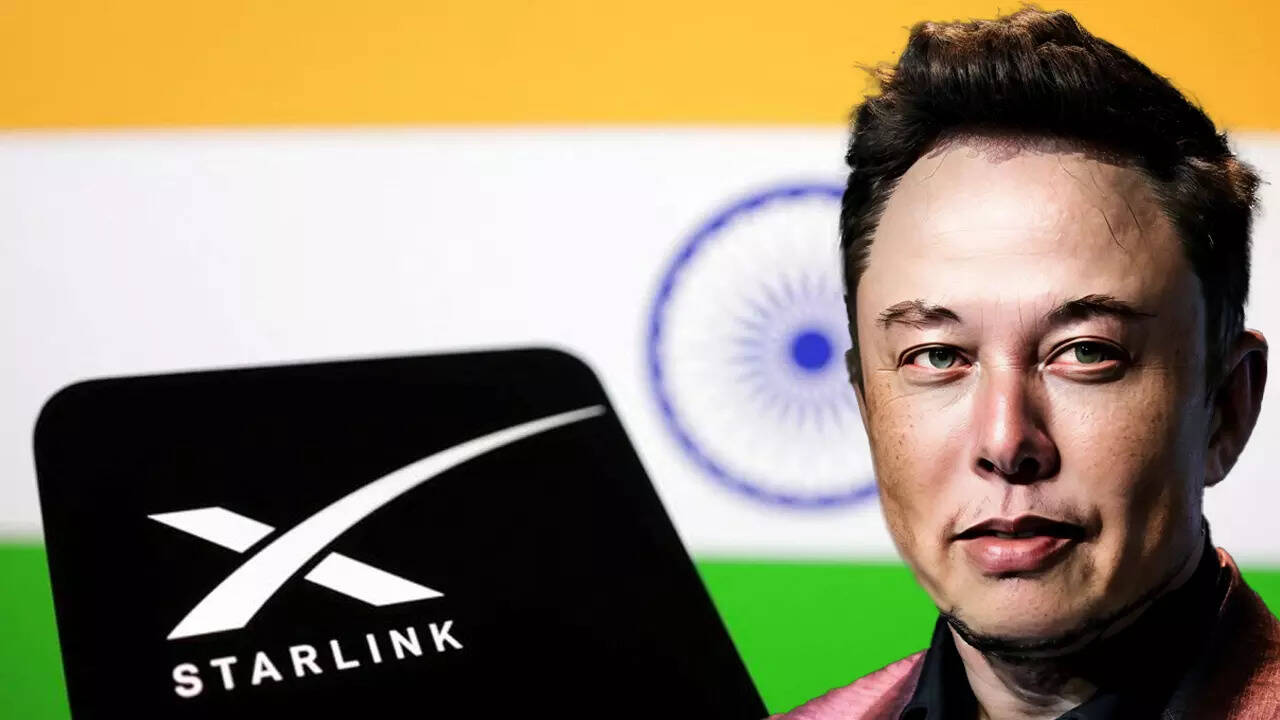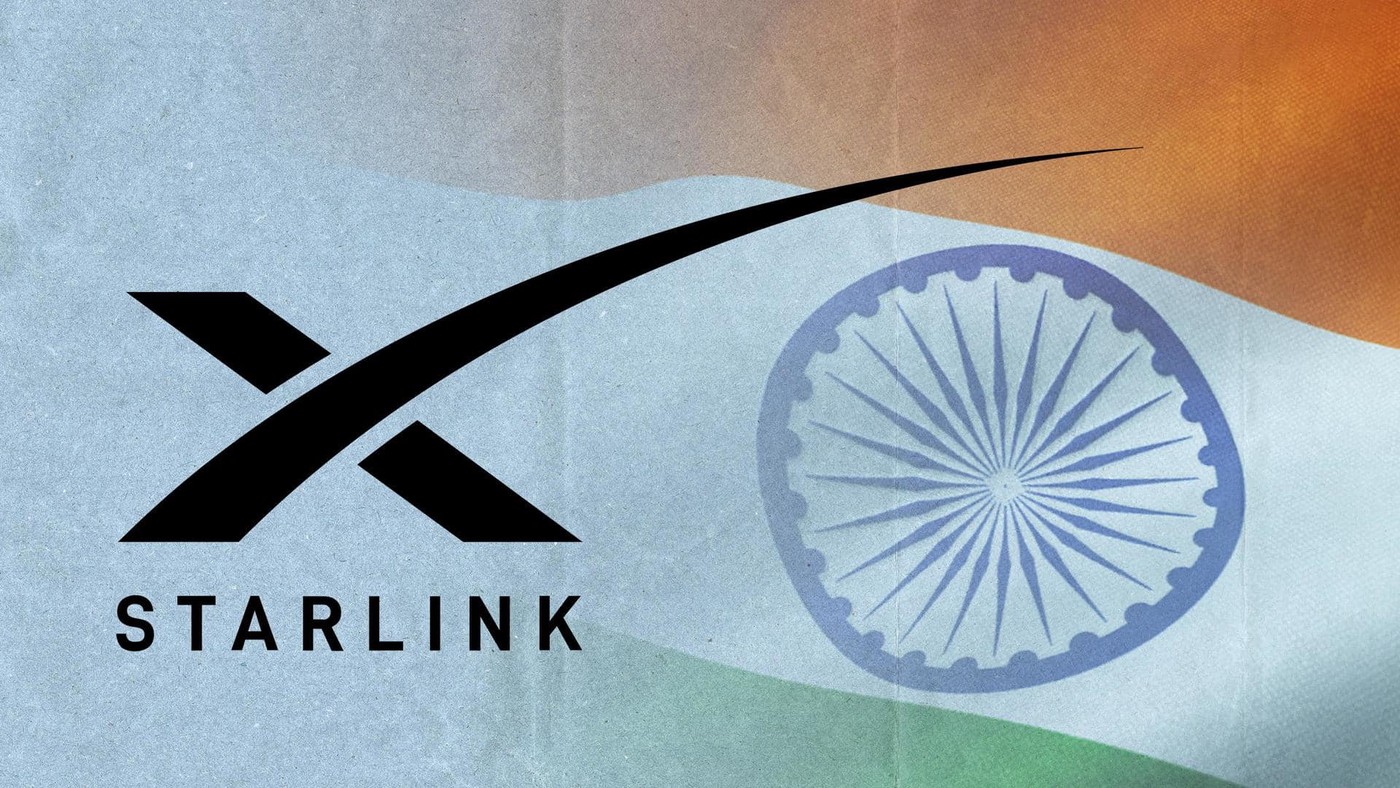Elon Musk’s satellite internet company, Starlink, is officially one step closer to launching its services in India. After years of waiting, the Indian government has approved the company’s request, making way for satellite powered high speed internet to reach the most remote corners of the country. Already operating in over 100 countries, Starlink is part of a global mission to provide fast and stable internet directly from space.

Starlink has received a Letter of Intent from the Department of Telecommunications. This approval places it among a select few companies, including OneWeb and Reliance Jio, that have permission to operate satellite based telecom services in India. While this is a major milestone, one more regulatory clearance remains. The Indian National Space Promotion and Authorisation Centre must still give the green light before trial runs begin and spectrum is allocated.
Although there is no confirmed launch date yet, sources suggest it may only be a matter of weeks. Starlink is expected to submit its trial spectrum application soon, and approvals could follow within 15 to 20 days. The company has been aiming for an Indian rollout since 2022 but faced delays due to national security concerns and other regulatory roadblocks.

In a surprising twist, Starlink has also entered partnerships with major Indian telecom players including Reliance Jio and Bharti Airtel. These collaborations are likely to ease Starlink’s transition into India’s highly competitive internet market and help the company scale its services faster.
As for pricing, Starlink plans to offer internet packages starting at just 850 rupees a month. This low cost strategy positions it as one of the most affordable satellite internet providers globally. The plans may even include unlimited data, making them especially attractive for rural and underserved users. With this model, Starlink is targeting up to 10 million users across India in its initial phase.

What makes Starlink different is how it delivers internet. Rather than relying on cables or ground based infrastructure, it uses a network of satellites in low Earth orbit. These satellites beam internet directly to user terminals, bypassing traditional connectivity challenges. This makes it an ideal solution for rural, hilly, and far flung areas where reliable broadband is often out of reach.
The entry of Starlink into India is more than just a tech story. It signals a future where every household, no matter how remote, can be connected to the digital world. It brings hope for improved education, smoother healthcare access, better digital services, and new job opportunities in regions long left behind by conventional networks.
For more updates on Starlink and the future of tech in India, follow Tech Moves on Instagram and Facebook.














